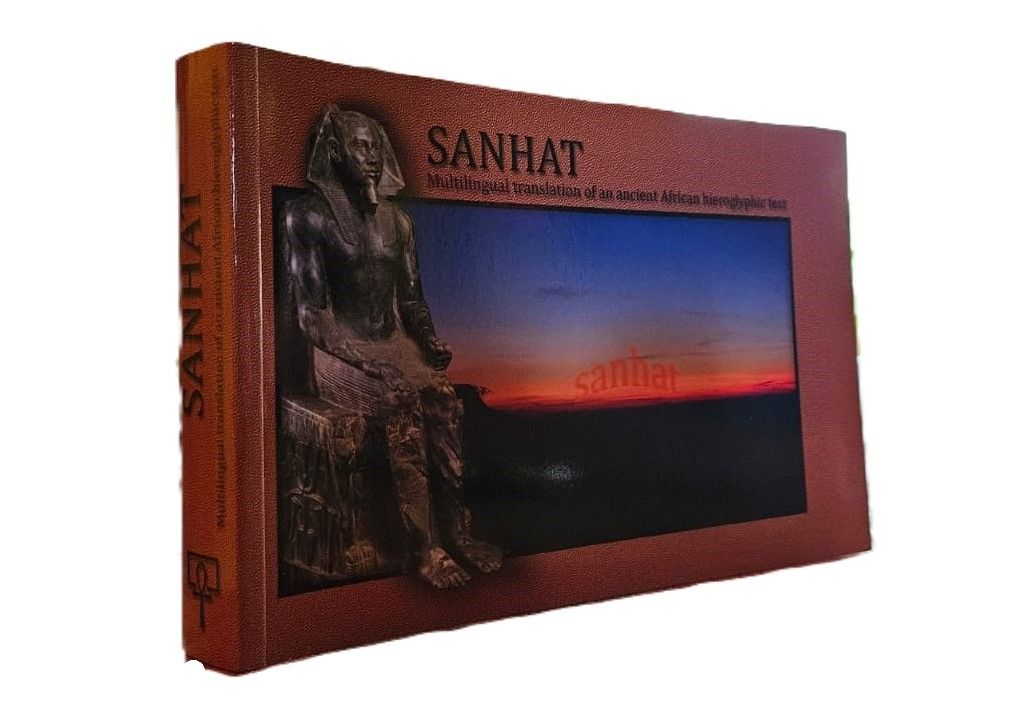“…The struggle of black people inevitably appear in an intensely cultural form because the social formation in which their distinct political traditions are now manifest has constructed the arena of politics on ground overshadowed by centuries of metropolitan capitalist development, thereby denying them recognition as legitimate politics. Blacks conduct a class struggle in and through race. The BC of race and class cannot be empirically separated, the class character of black struggles is not a result of the fact that blacks are predominantly proletarian, thought this is true…”- (Frank Talk Staff Writers in ‘Azania Salutes Tosh’ – circa 1981)

front cover:
Tosh by Steve Gordon
back cover:
Kippie by Basil Breakey
SaNhat: Multilingual translation of an ancient African hieroglyphic text by Ayi Kwei Armah (SHEMSW BAK, 2014)
SaNhat: Multilingual translation of an ancient African hieroglyphic text by Ayi Kwei Armah (SHEMSW BAK, 2014)
The Story of Sanhat, an Official of Kemet SANHAT, among Africa’s oldest written literary texts, comes from the time of King Sehotepibre, three thousand eight hundred years ago. Sanhat, an officer returning from Libya after a military expedition, hears messengers summon the prince Senwosret urgently to the The pharaoh is dead. Sanhat overhears other messengers summoning other, younger princes back. Fearing a bloody palace coup, he flees to Palestine. There he prospers. But dreading the prospect of dying abroad, he obtains a royal pardon, and returns to Egypt, bringing his life to a satisfactory close. This tale, over four thousand years old, is here transliterated and translated into French and English by the SHEMSW BAK hieroglyphic study group (Yopreka Somet, Jacques Depelchin, Ayi Kwei Armah) and then translated into Akan, Kikongo, Kiswahili, Portuguese, Wolof and Zulu by freelancers working from the French and English versions.

